What to Do with Used Oil
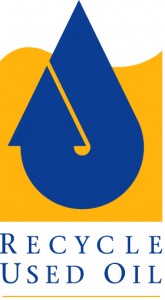 Over 180 million gallons of motor oil are disposed of illegally each year. This number should be zero, but many people do not know the rules of what to do with used oil. Simply put, motor oil should always be recycled and never go into land fills or down the storm drain.
Over 180 million gallons of motor oil are disposed of illegally each year. This number should be zero, but many people do not know the rules of what to do with used oil. Simply put, motor oil should always be recycled and never go into land fills or down the storm drain.
As previously stated, motor oil is 100 percent recyclable. When you go to replace your oil with some from your store of bulk outboard motor oil, make sure to save the old oil. You can either drop it off at an oil change center or auto parts store; they’ll add it to their own collection of used oil and drop it off at the proper recycling center. You can also call your local waste hauler and find out if they offer curbside collection – then you don’t even have to leave your own driveway!


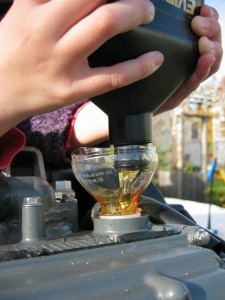
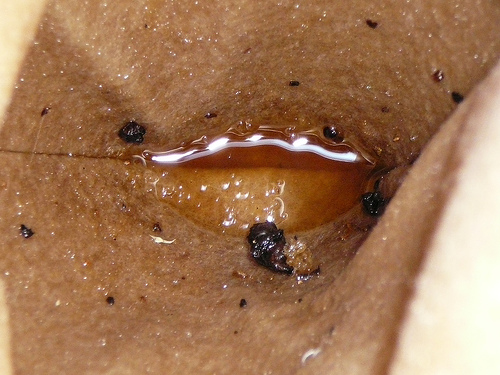 Boat owners who regularly use small crafts might wonder why 2-stroke oil additives matter so much. In truth, the additives found in a fuel-oil mix are just as important as the quality of the oil itself. The chief goal of any outboard motor oil is to lubricate the engine and keep it running smoothly. That would not be possible without additives such as ashless detergents.
Boat owners who regularly use small crafts might wonder why 2-stroke oil additives matter so much. In truth, the additives found in a fuel-oil mix are just as important as the quality of the oil itself. The chief goal of any outboard motor oil is to lubricate the engine and keep it running smoothly. That would not be possible without additives such as ashless detergents.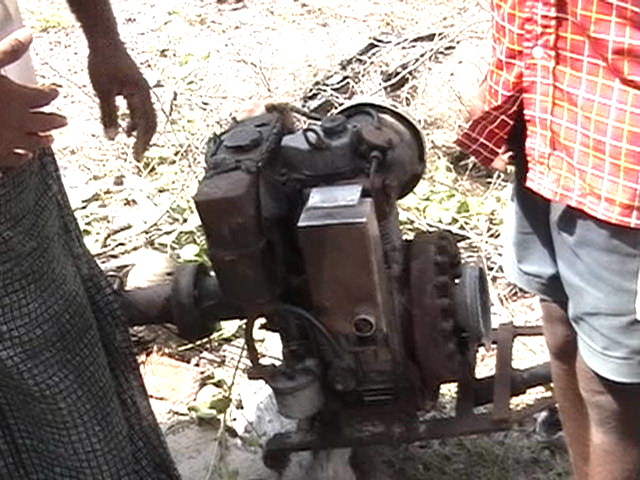
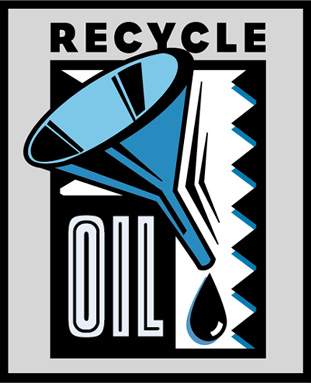
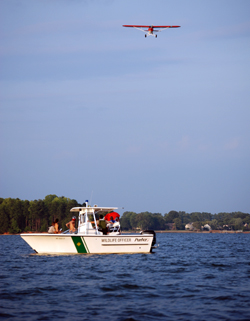
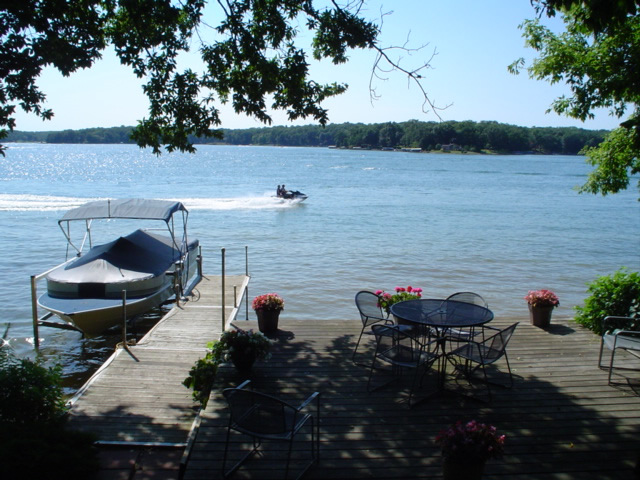
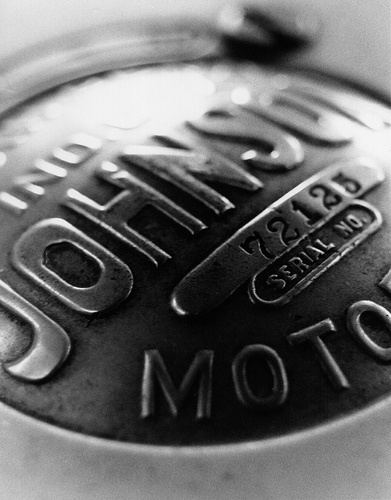


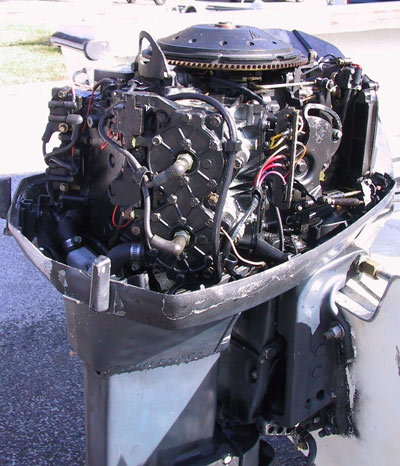 Just as it is important to maintain your car’s engine for optimum performance, your boat requires a certain amount of care for consistent and smooth operation. Since an outboard motor hangs outside the hull of a boat, it requires special attention to prolong its life. Caution when transporting your boat to the destination of your planned outing is extremely important. The motor and boat trailer should be braced securely so that the motion of land travel does not cause permanent damage.
Just as it is important to maintain your car’s engine for optimum performance, your boat requires a certain amount of care for consistent and smooth operation. Since an outboard motor hangs outside the hull of a boat, it requires special attention to prolong its life. Caution when transporting your boat to the destination of your planned outing is extremely important. The motor and boat trailer should be braced securely so that the motion of land travel does not cause permanent damage.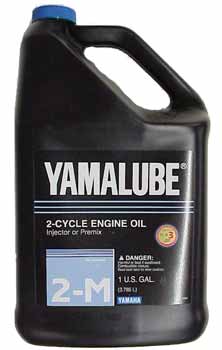 The viscosity of
The viscosity of